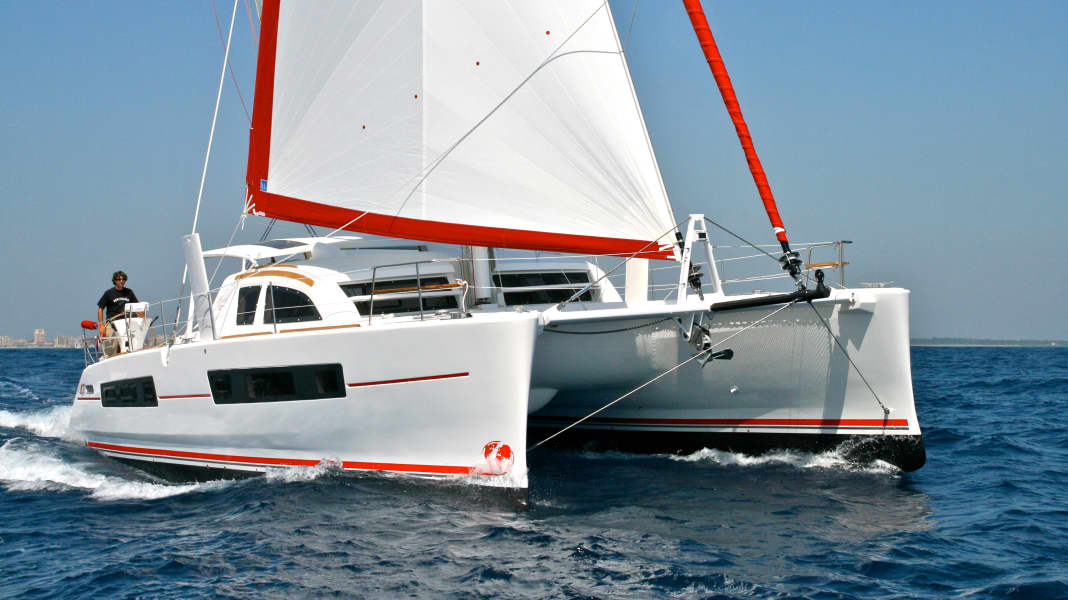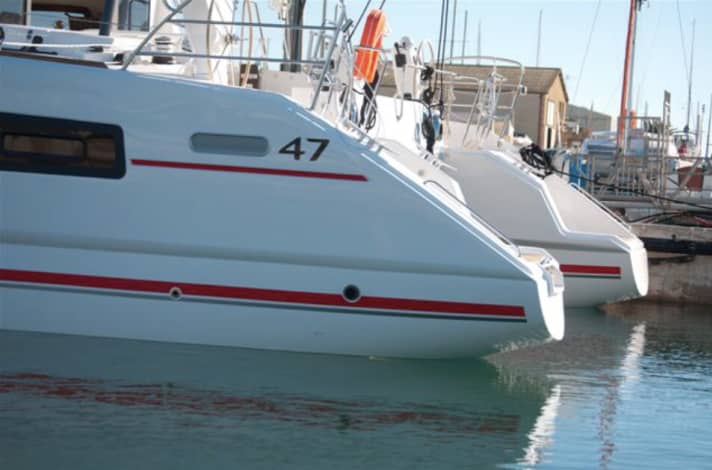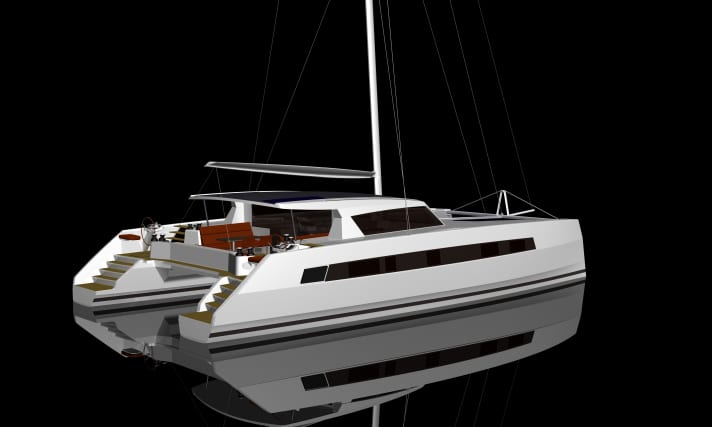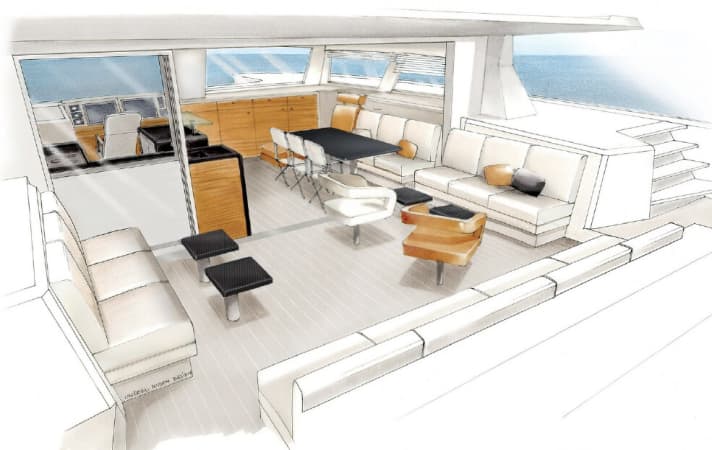
Catana catamarans can bridge the gap between pure cruising boats and high-performance, sporty twin-hulls. The shipyard now wants to focus even more intensively on performance and is now laminating all structurally more heavily loaded areas such as the cabin superstructure, bulkheads and centreboards in a carbon fibre composite at the shipyard. The vacuum infusion process is also used for the construction of all parts of the ship. Catana previously only offered this complex construction method as an option. All cats in the Catana range (42 to 65 feet) are now manufactured using this process as standard. Despite the complex and cost-intensive construction method, Catana intends to keep the price of all yachts at the previous level.

This makes the structural connections more solid and allows significant weight savings to be made. For the Catana 47, for example, a weight reduction of around 700 kilograms is calculated for a total weight of around 10 tonnes. A recent video of the Catana 47 Carbon Infusion at a speed of 19.6 knots shows what this means in terms of performance.

At the same time, the shipyard is also presenting a completely new model: The Catana 59 is intended to complement the existing programme in the upper segment. For the first time, the in-house design team has designed a ship completely independently. Previously, Christophe Barreau drew for the French company. The special features of the new Catana are the negative bows of the hulls and the sickled centreboards, which are intended to provide additional buoyancy at high speeds.

The price is impressive: the new 17.90 metre long and almost 10 metre wide luxury cat from Catana will cost around 1.42 million euros. The prototype is now under construction. It should be afloat in summer 2011.
.
